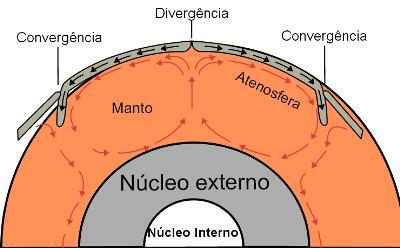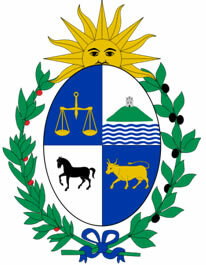O weathering it's the set of processes that cause the physical disaggregation or chemical decomposition of rocks located on the external feature of the earth's surface, being one of the most important elements that influence the transformation of relief alongside erosion. Weathering processes, in turn, are determined by a combination of several factors, ranging from climate to the type of modified rock.
You factors that control weathering they correspond to the set of natural elements that interfere or determine the form and intensity of occurrence of weathering processes. The study and knowledge of these elements are of great need to predict the successive transformations of the relief and the planning about its occupation by human activities, in addition to being important to understand the evolution of the morphology of the planet.
Thus, the factors that control the weather action are: the climate, the parent material, the relief, the biosphere and the weather.
Climate
The influence of climate on weathering happens based on the variation and regularity of meteorological agents over time, namely: a
temperature, a precipitation and the winds. Thus, the relief wear process and the sequential erosion present themselves in different forms and intensities depending on the climatic region in which they manifest themselves.Chemical weathering - the one in which the dissolution of rocks from several different processes - usually manifest itself more intensely when the temperature and rainfall are more accentuated, in a relationship of direct proportionality. On the other hand, physical weathering - the mechanical breakdown of rocks into sediments - occurs more intensely when there is less rainfall and lower temperatures, in a proportional relationship inverse. The winds, in turn, bring about the intensification of the physical weathering itself.
parental material
The parent material - that is, the physical constitution of the rock that will be weathered - will determine the intensity of the weathering action, given that there are rock formations that are more resistant and others less resistant to the action of exogenous agents for the transformation of the relief. This explains, for example, why different parts of the same structure suffer different levels of wear over time, such as in saws, cliffs and plateaus.
The degree of resistance of rocks to weathering action depends on their constituent minerals and their respective levels of physicochemical stability. Minerals that crystallize faster are the most susceptible, such as oviline, a calcite it's the amphibole. The most resistant to weathering minerals are those that crystallize at temperatures smaller, closer to 500ºC, with emphasis on iron oxides, aluminum hydroxides and quartz.
This configuration makes granite, for example, more resistant to weathering than marble, because the first type of rock is composed of silicate materials and the second is formed by minerals carbonates.
Do not stop now... There's more after the advertising ;)
Relief
The altimetric forms of relief – in other words, the topography – interfere with weathering mainly by regulating the flow, infiltration and drainage of water. Very steep geomorphological landscapes have less water infiltration due to the higher flow velocity, in this case, rainwater. Flatter lands, on the other hand, facilitate this infiltration, but drainage will depend on the porosity of the rocks and their level of depth.
Relief forms with greater infiltration and drainage favor chemical weathering. When this drainage is less, this type practically does not occur. Physical weathering is more frequent when infiltration is practically nil and surface runoff is more intense. Therefore, steeper areas are more susceptible to physical weathering andflatter and more permeable environments suffer more often from chemical weathering.
Biosphere
The Biosphere is, without a doubt, one of the most recognized and discussed factors of weathering. The influence of living beings on this process is so relevant that many authors define a type specific: biological weathering, although this invariably results in chemical weathering or physicist. In this sense, the main influence is the vegetation, in addition to the presence of micro-organisms inside the soils and rocks.
The presence of organic material in the soil increases or decreases its acidity, as well as interfering with the chemical composition of the water during the infiltration process. Plant roots intensify the chemical weathering around them, although their presence contributes for the reduction of physical weathering by decreasing the speed of water flow over the surface.
Time
Time, in this case, refers to the speed at which the weathering process takes place, that is, the amount of time it takes to manifest and generate its impacts on structures rocks. Obviously, the lower resistance of the parent material and the greater aggressiveness of the weathering agents will cause a faster reaction and vice versa. However, there are other conditions related to this issue, which are basically the synthesis of the aforementioned factors.
Furthermore, the time of exposure of the rocks to weathering is of paramount importance. After all, the relief dynamics caused by tectonism, mass movements and climatic and meteorological variations will determine the effects of this process on geomorphological compositions, in the sense of wearing them more or less intensely over the ages geological.
_____________________________
¹ The enumeration of weathering factors was based on: TOLEDO, M. Ç. M. et. al. Weathering and Soil Formation. In: TEIXEIRA, W. et. al (orgs.). Deciphering the Earth. São Paulo: Texts Workshop, 2000. pp.139-166.
By Me. Rodolfo Alves Pena


